“Masters of the Air” sweeps us into the midst of WWII’s aerial battles, offering a visually stunning portrayal of the USAAF’s heroics. With Steven Spielberg and Tom Hanks at the helm, it promises a mix of drama and historical intrigue.
Yet, as we dive deeper, we discover moments where the series strays from historical accuracy for dramatic flair. Let’s explore the deviations and the real stories they overshadow.
Hollywood’s RAF Caricatures
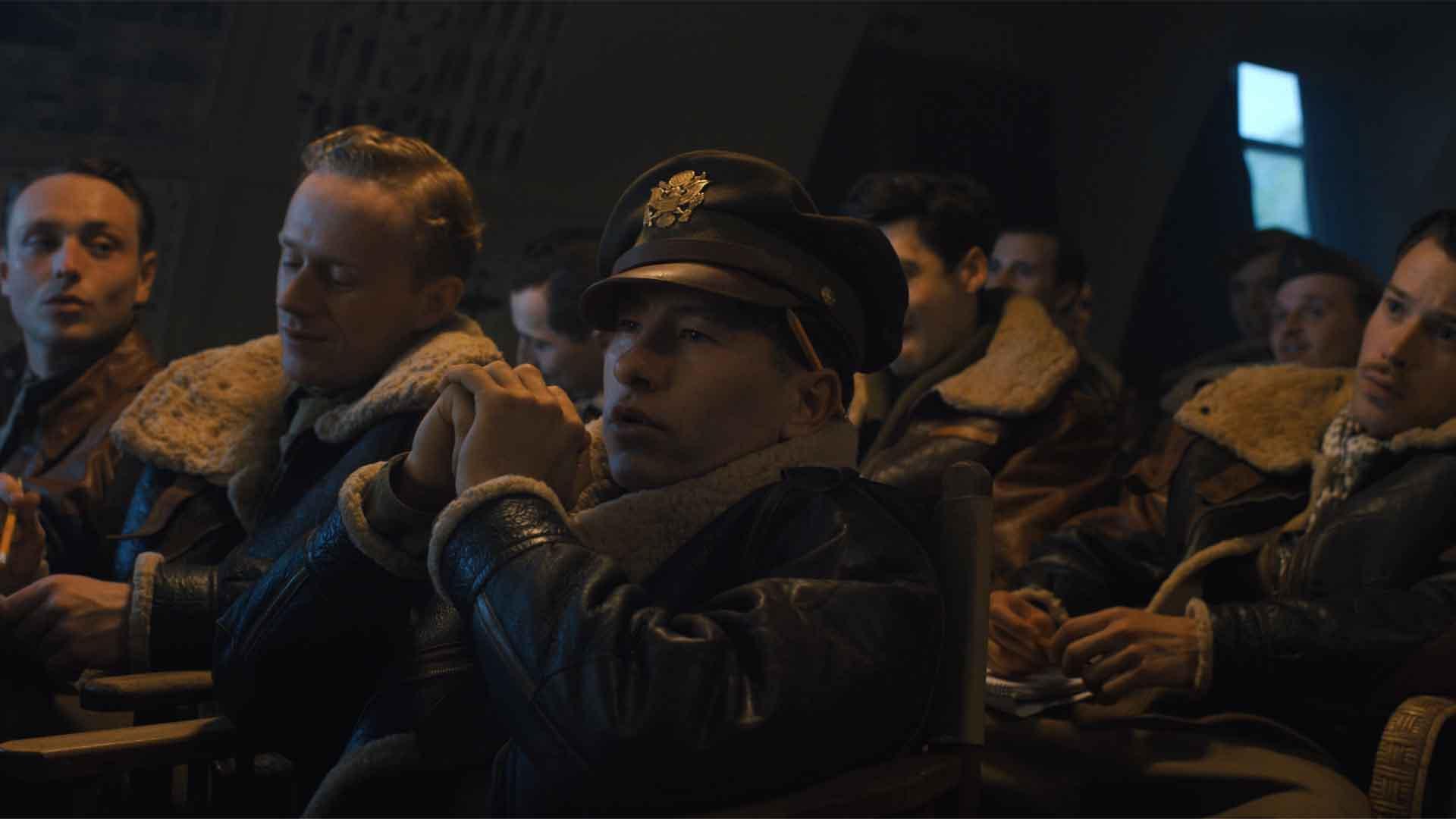
The series paints RAF Bomber Command with broad strokes, portraying British airmen as elitist, almost antagonistic figures. This caricature misses the mark, simplifying the rich, complex relationship between Allied forces.
History tells us of mutual respect and shared struggles, a camaraderie born of common goals rather than division. By leaning into stereotypes, “Masters of the Air” overlooks an opportunity to delve into the nuanced dynamics that defined the Anglo-American alliance in the skies over Europe.
Daylight Bombing Oversimplified
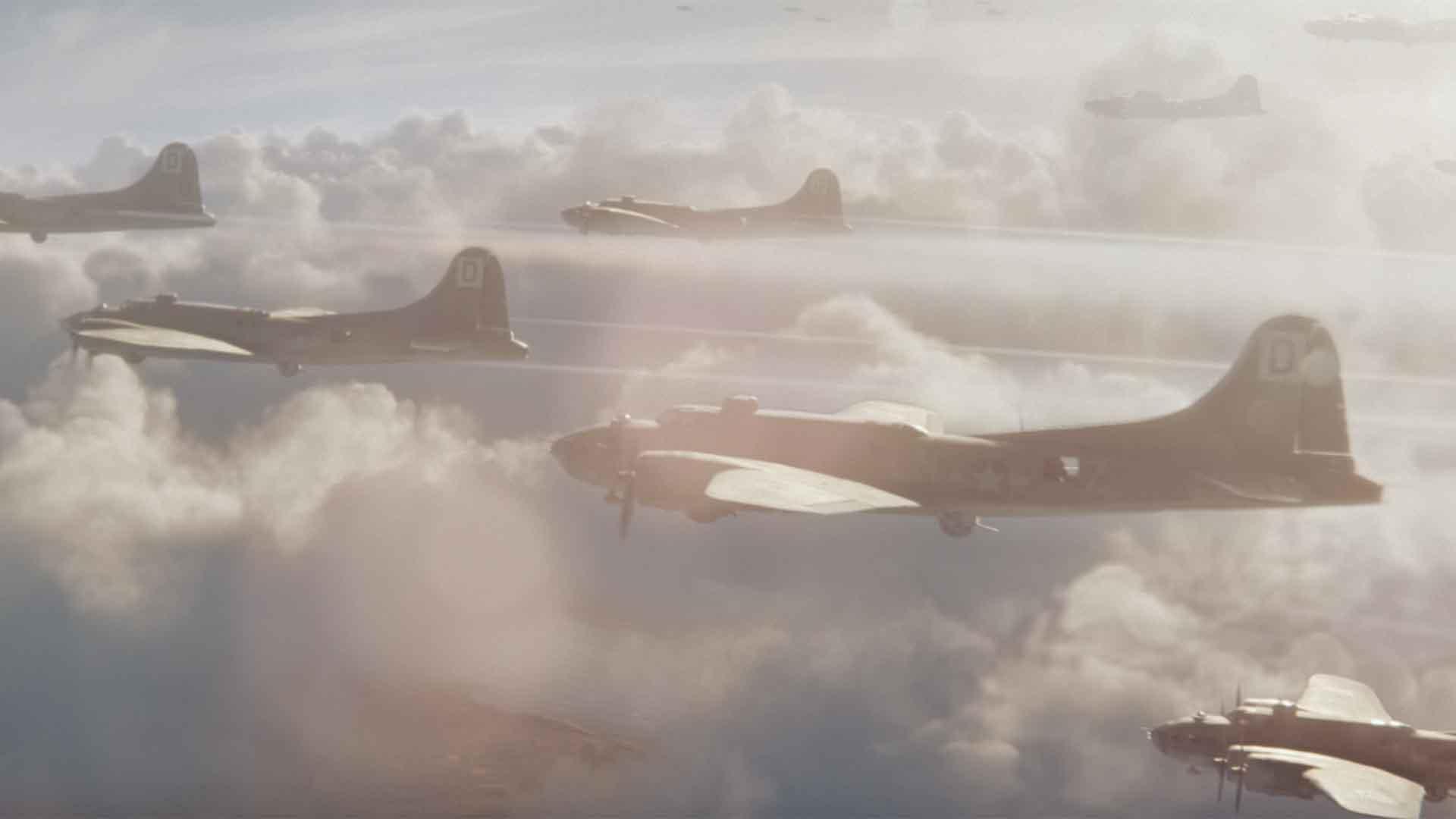
In its portrayal of strategic bombing, “Masters of the Air” draws a stark contrast between American precision and British recklessness. This oversimplification glosses over the evolution of bombing strategies on both sides, and the eventual realization that success in the air war required a blend of tactics, including both daylight and nighttime operations.
The narrative’s black-and-white morality fails to capture the strategic nuances and the harsh realities faced by bomber crews in their relentless campaign against Nazi Germany.
Understated RAF Contributions
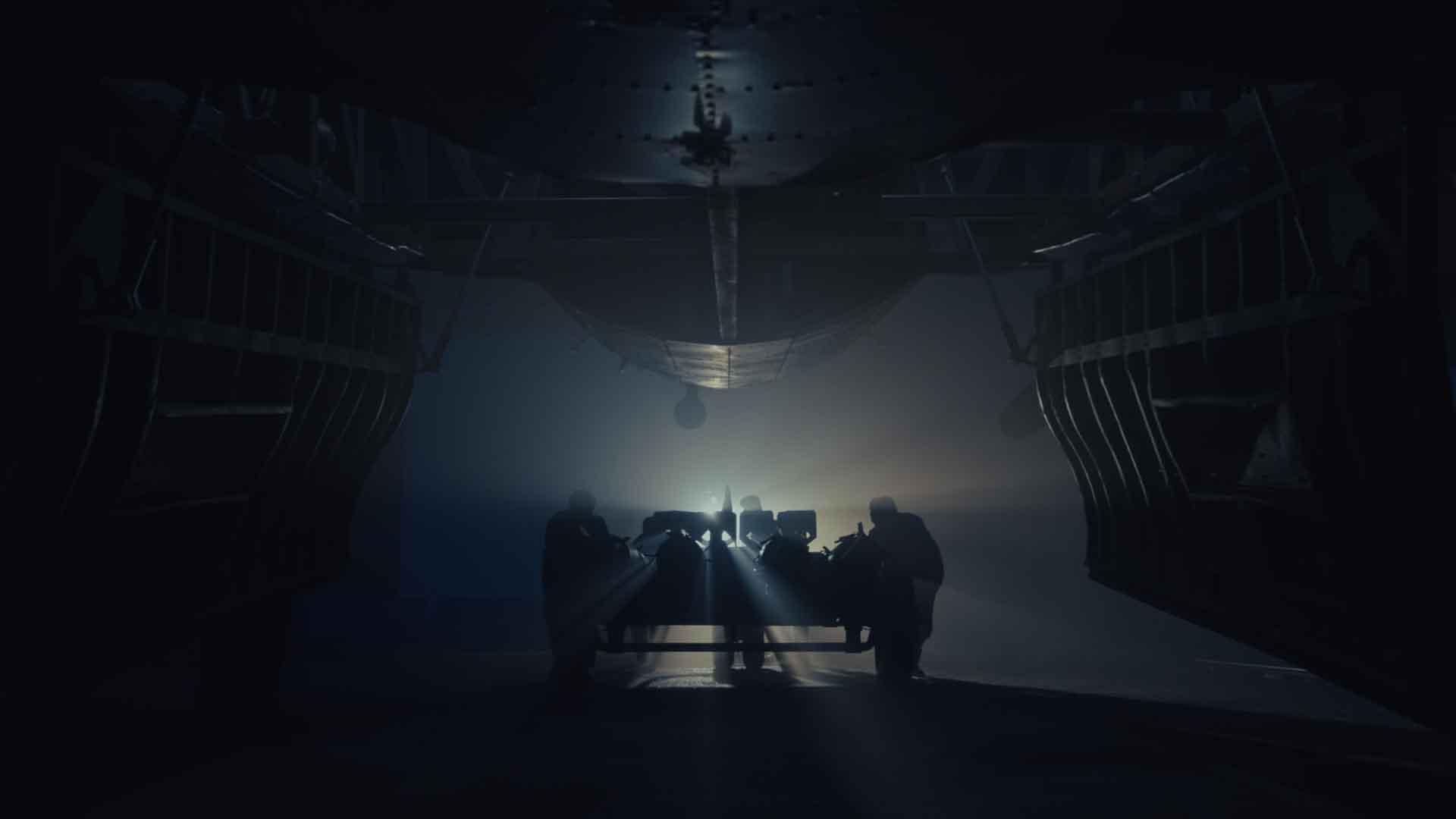
The focus on the USAAF’s entry into the European theater in 1943 inadvertently minimizes the RAF’s pivotal role in the bombing campaign. Before and alongside the American efforts, the RAF delivered devastating blows to Nazi infrastructure, a fact that “Masters of the Air” seems to sideline.
Acknowledging the RAF’s contributions is crucial in painting a complete picture of the Allied air war, one that recognizes the bravery and sacrifices of all who took to the skies.
The Pub Brawl Misstep

A fictionalized pub brawl between RAF and USAAF personnel underscores the series’ flair for drama over historical fidelity. This imagined conflict, serving more as a plot device than a true reflection of inter-allied relations, distorts the essence of the camaraderie that mostly existed among servicemen.
Such scenes may entertain, but they also risk undermining the shared sense of purpose that defined the Allied effort against a common enemy.
The Accuracy Debate
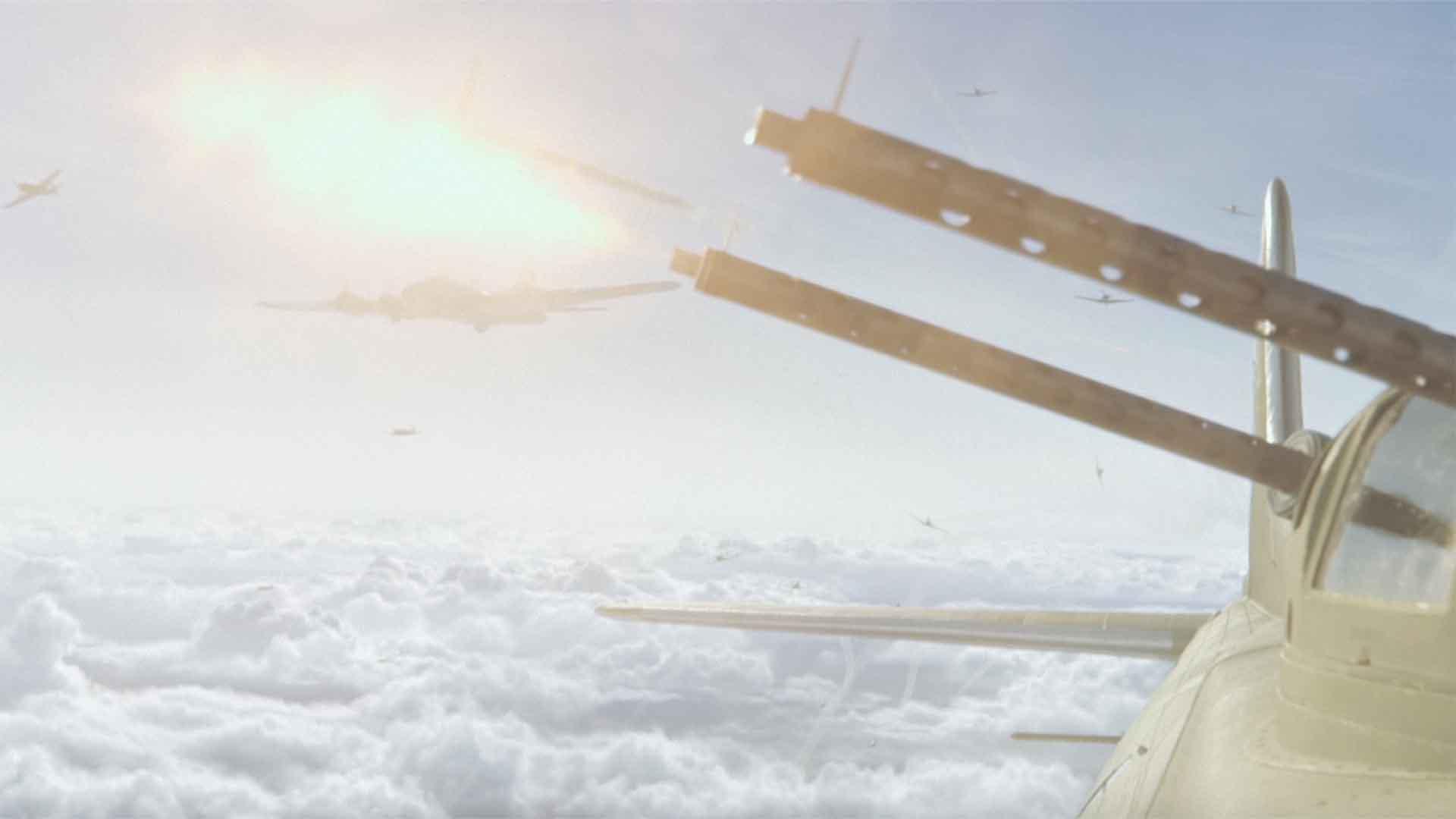
The series posits American bombing raids as wildly precise, a portrayal that oversimplifies the immense challenges of aerial bombardment.
In reality, both the RAF and USAAF grappled with the limitations of technology and the fog of war. This nuanced aspect of the air war, where both forces sought effectiveness amid dire circumstances, is somewhat lost in the show’s narrative.
The Spectacle of War
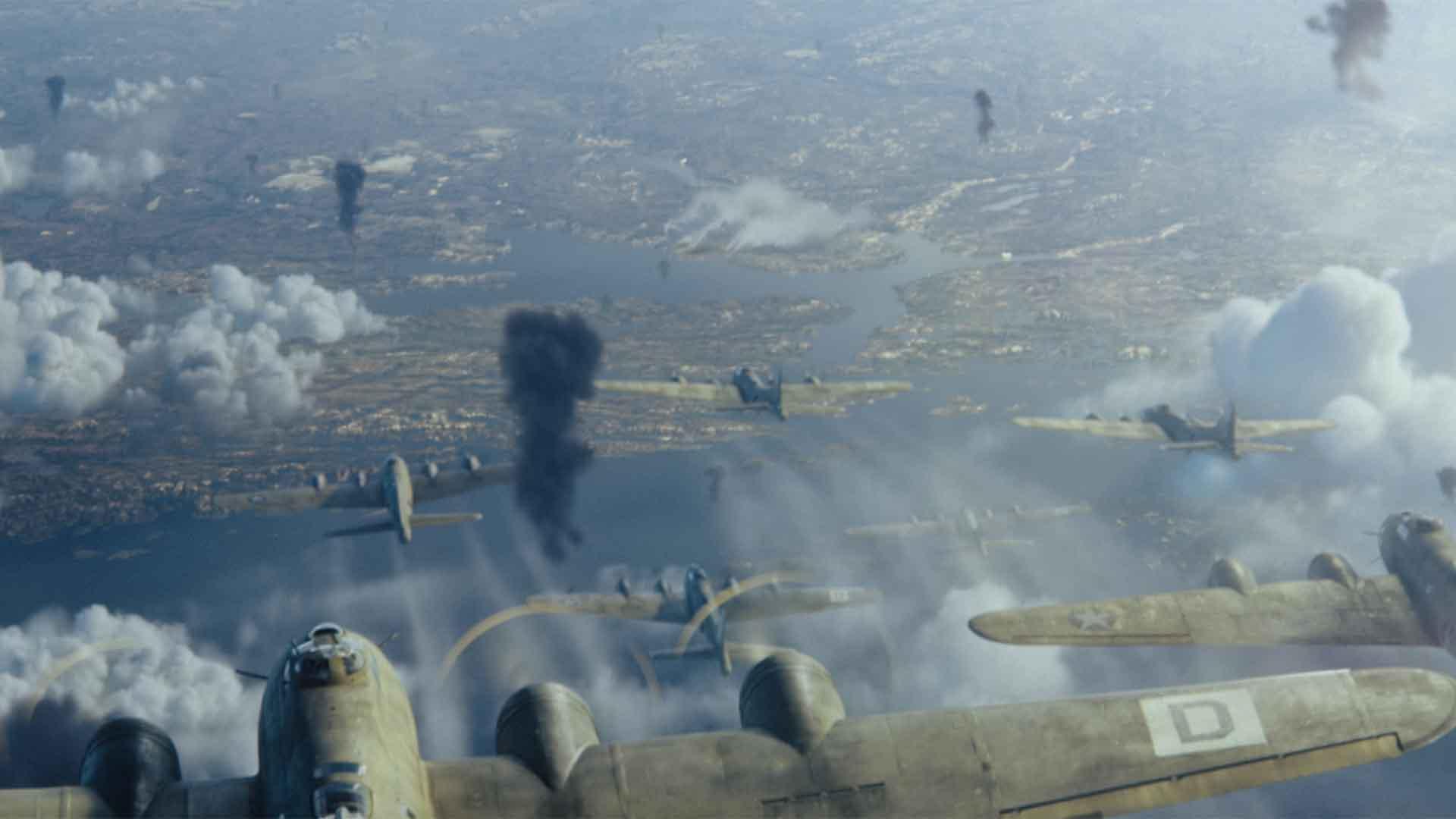
While “Masters of the Air” dazzles with its visual effects, its reliance on CGI occasionally detracts from the authenticity of the war-torn skies over Europe.
The glorifying spectacle, though often breathtaking, can overshadow the gritty reality faced by bomber crews.
Character Depth and Diversity
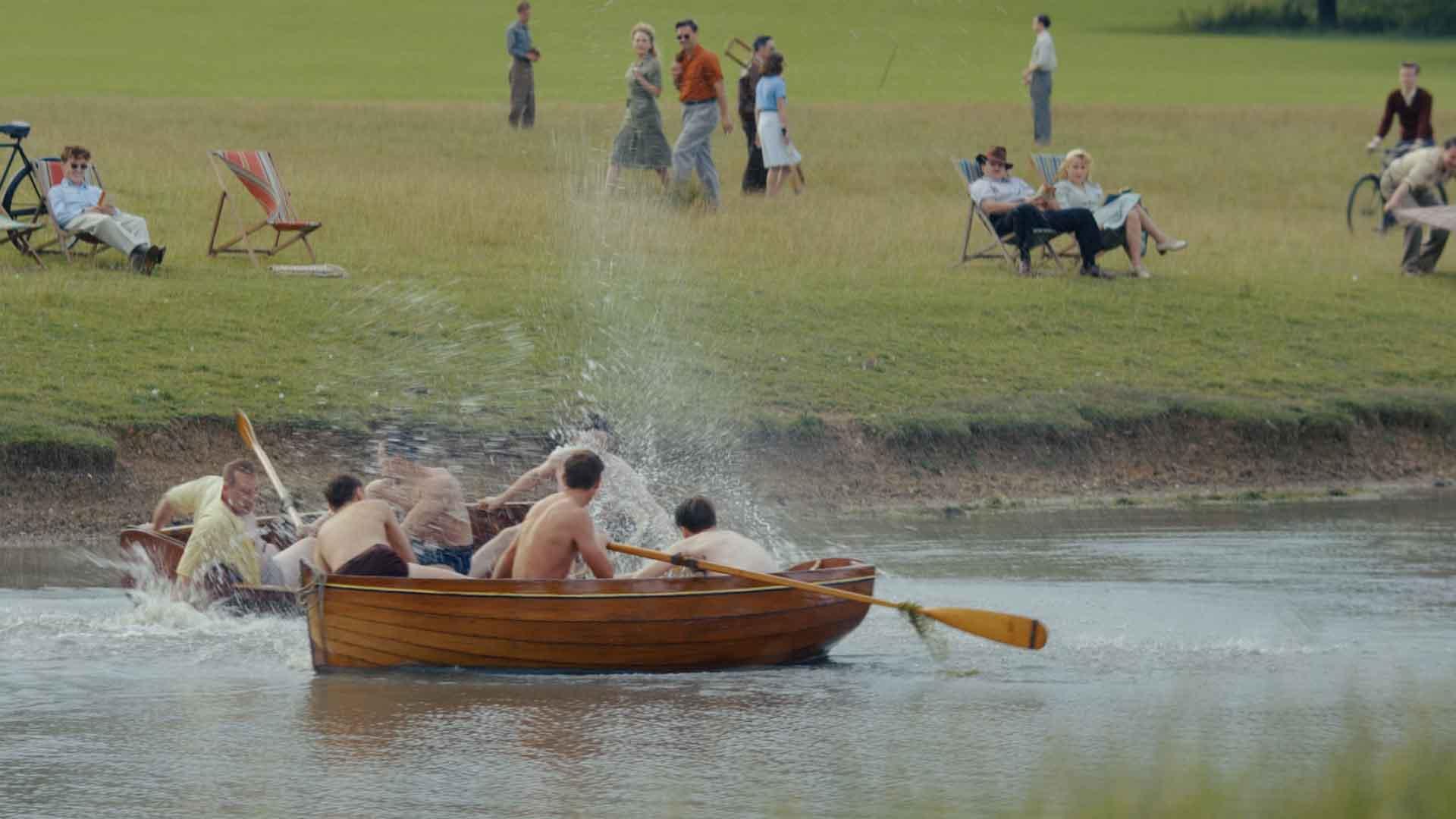
The series attempts to portray the diverse backgrounds of its characters but often falls short of exploring their depth fully.
The real-life bomber crews were a mosaic of individuals from varied walks of life, each with their own stories and motivations. By not fully delving into these personal tales, “Masters of the Air” misses an opportunity to highlight the human element of the air war, reducing the richness of its historical canvas.
Cultural Misrepresentations
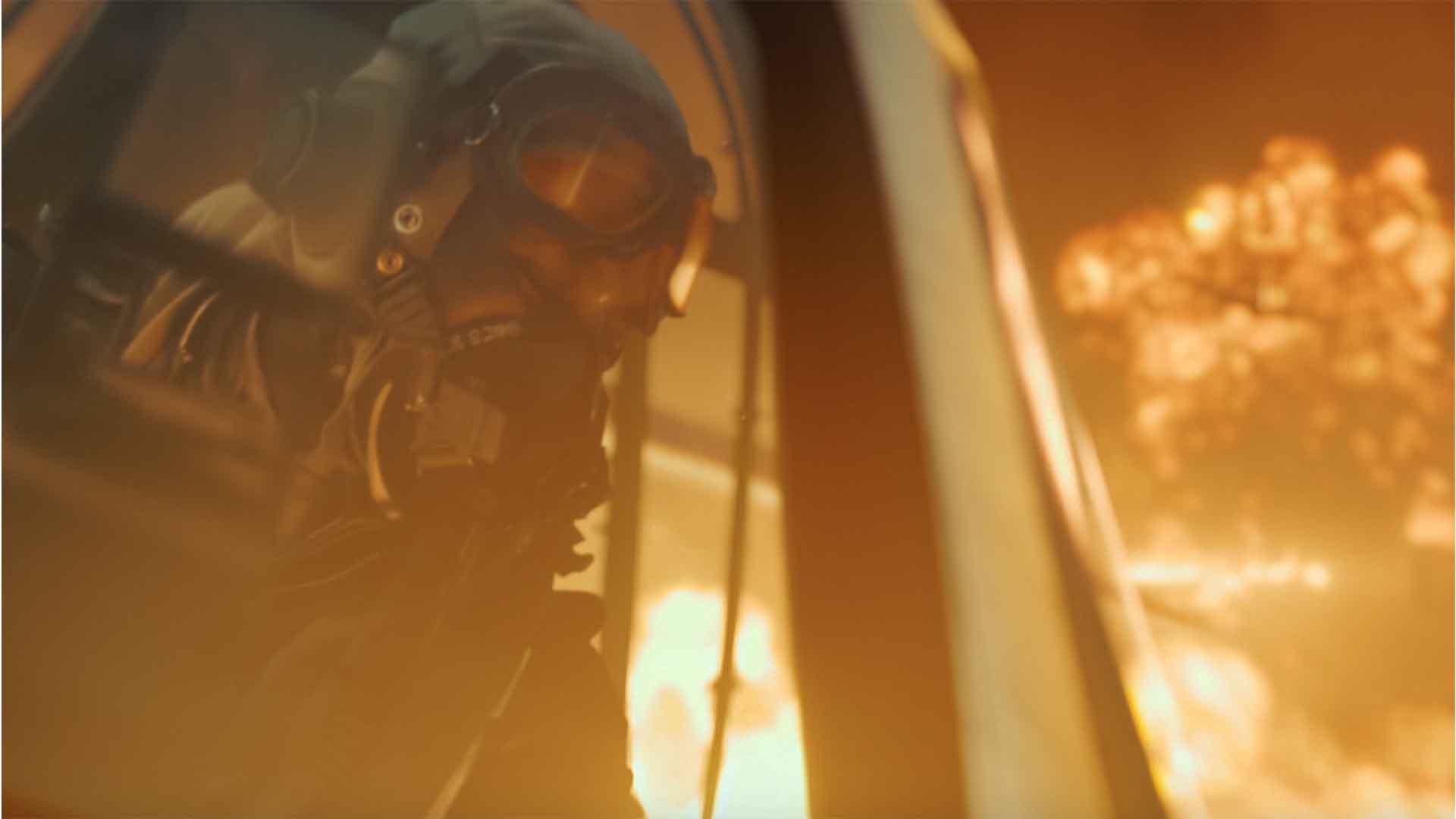
At times, “Masters of the Air” leans on clichéd portrayals of British culture and the interactions between British and American forces.
These moments, though perhaps intended to highlight cultural differences, risk perpetuating stereotypes rather than exploring the complex, multifaceted relationship that existed between the Allies.
The Emotional Tone
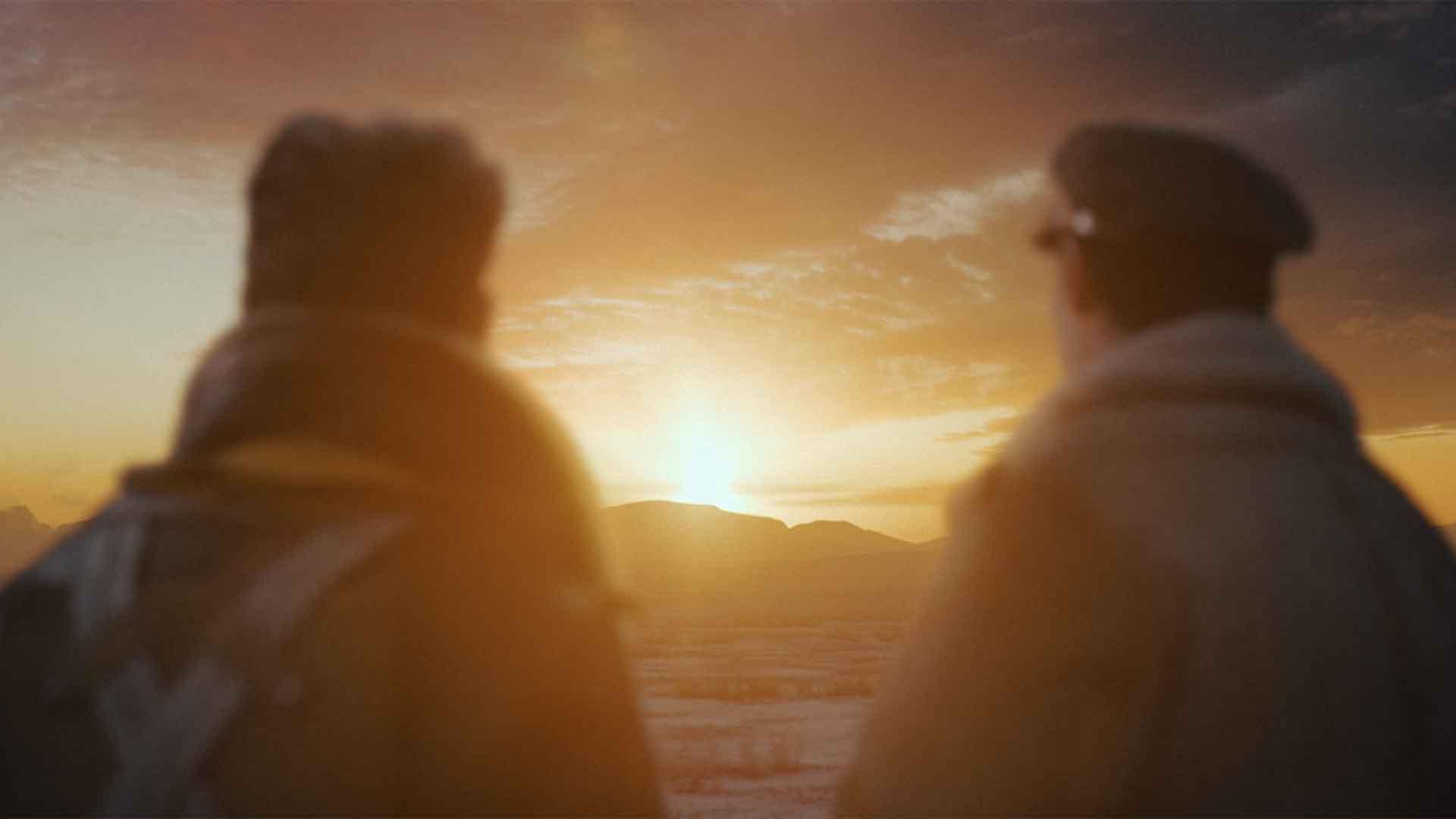
Critics have noted that the series sometimes veers into melodrama, with an emotional tone that lacks the nuanced portrayal of war’s horror and heroism found in predecessors like “Band of Brothers.”
This approach can diminish the impact of the series, distancing it from the visceral realities of combat and the human stories at its heart. Striking a balance between drama and historical authenticity is key to capturing the true essence of the wartime experience.
A Tale of Two Air Forces
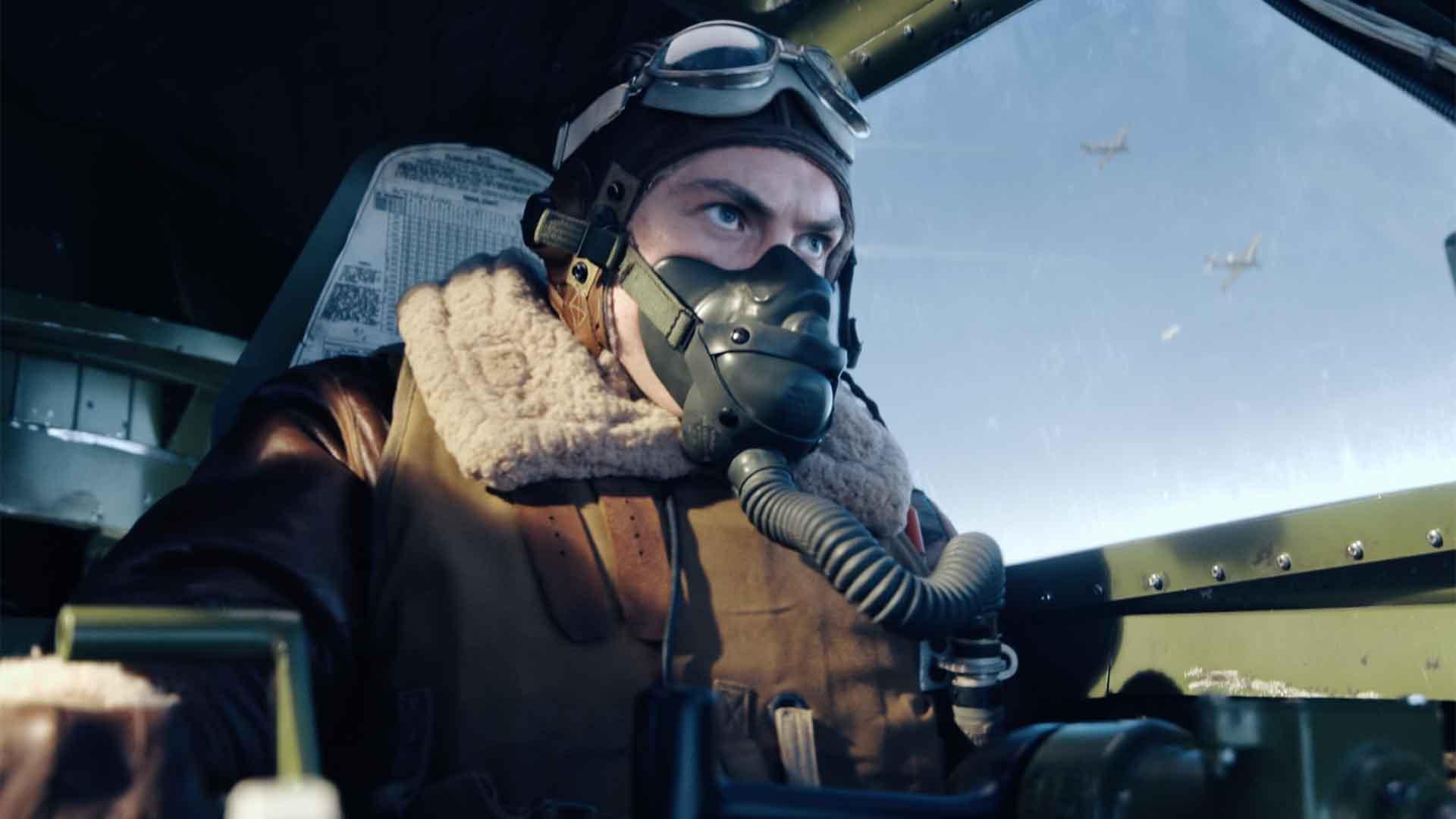
By focusing heavily on American heroism, “Masters of the Air” occasionally overlooks the spirit of collaboration that defined the Allied air campaign.
The narrative could have better highlighted the shared sacrifices and achievements of both the RAF and USAAF, presenting a more balanced view of the contributions each made to the eventual victory over Nazi Germany.
A Flight Through Fiction and Fact
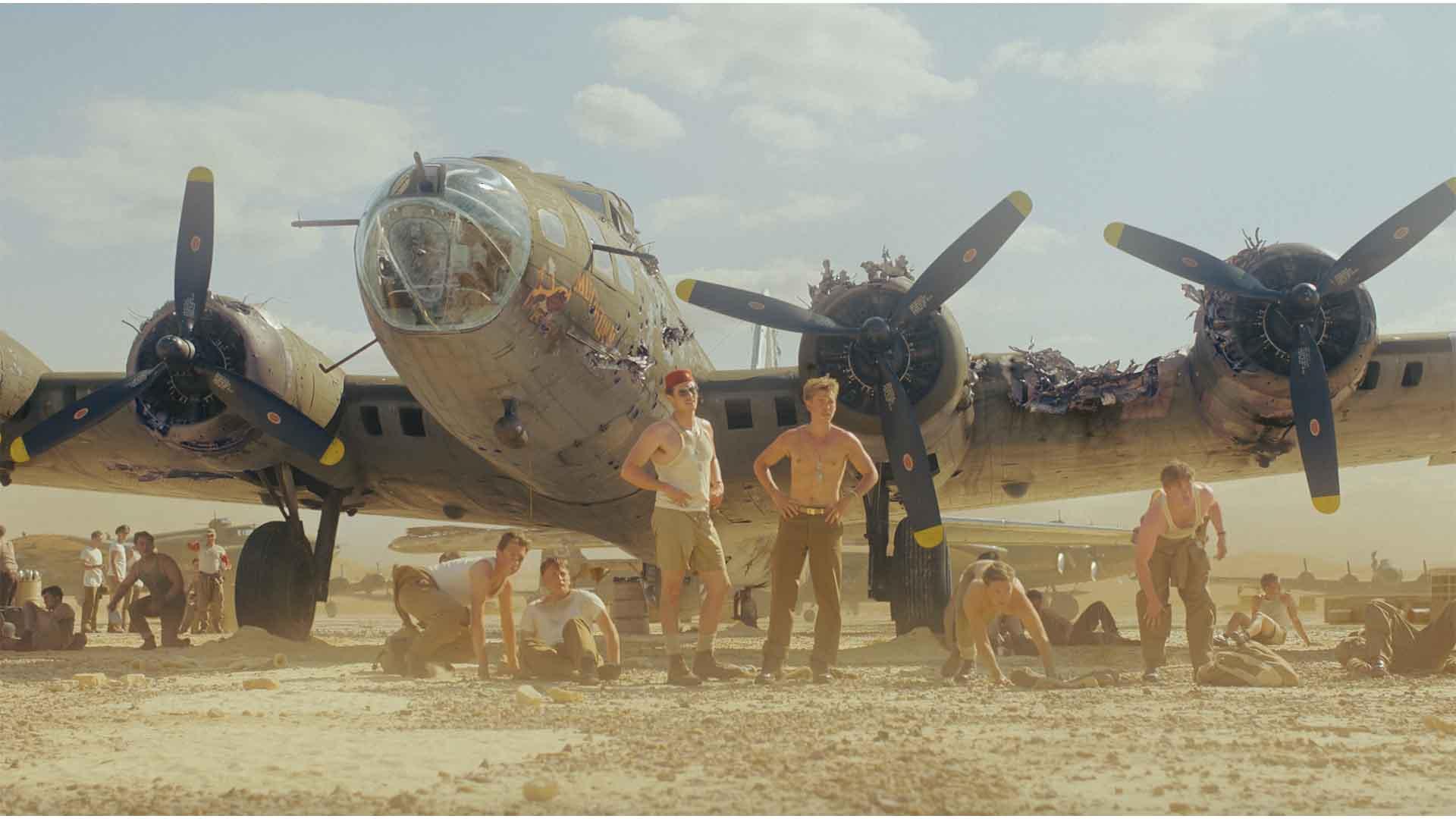
Don’t get us wrong — there is a lot to love here. “Masters of the Air” offers a compelling, albeit imperfect, window into the aerial battles of WWII.
However, while it excels in dramatization and visual storytelling, it’s important for viewers to recognize where fiction parts ways with fact. The series brings deserved attention to the bravery of the USAAF’s bomber crews but also serves as a reminder of the broader, more complex history that surrounds their missions.
Did These Inaccuracies Matter to Critics?

According to review site Rotten Tomatoes, “Masters of the Air” currently has an 87% certified fresh rating from critics. This score is an average based on 90 critic review scores.
The show has a positive audience rating of 68% from over 250 ratings. Many praised the show for its high-quality cinematography and thrilling scenes. The show’s inaccuracies had little effect on its review score.
Los Angeles Times Critic Robert Lloyd’s Review
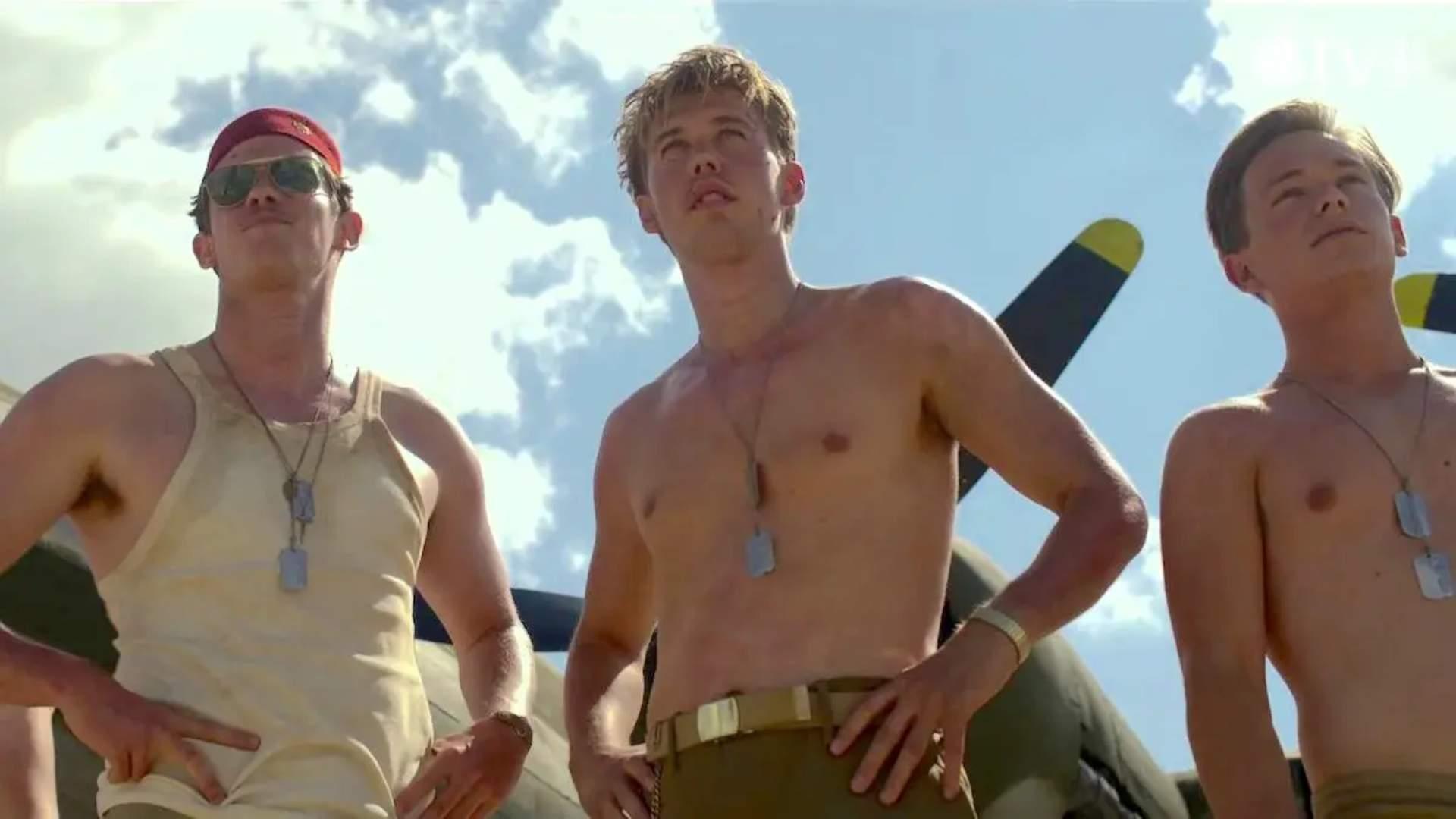
Robert Lloyd from the LA Times praised the series’ spectacular visual storytelling and complex characters.
“Masters of the Air focuses on the people doing the fighting rather than the brass whose decisions may not always be for the best… indeed, the upper-echelon figures we do see tend to be wise and caring and ready to climb into the cockpit,” he said.
A Magnificent Achievement
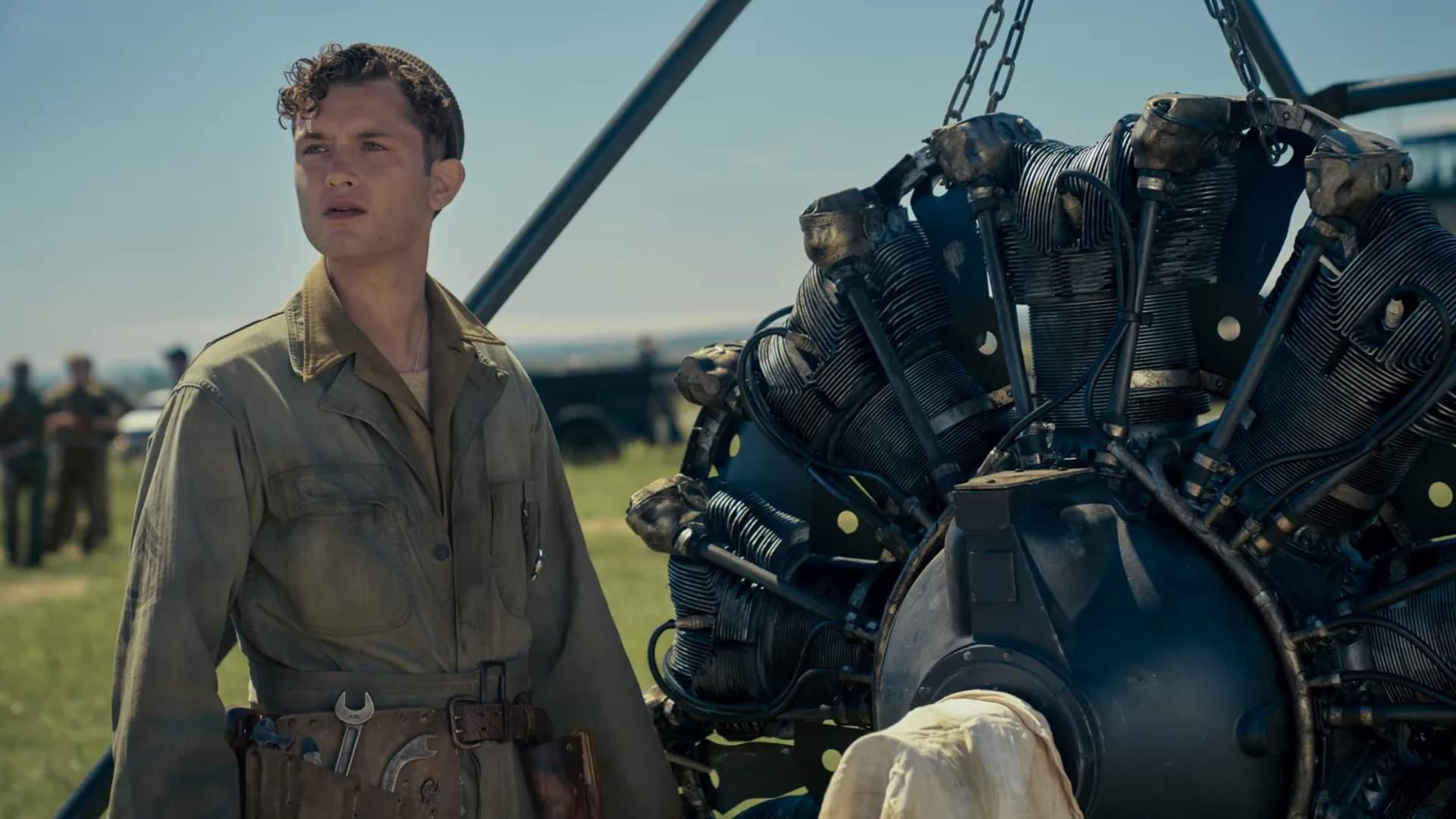
Verne Gay from Newsday gave the series a 4/4 rating. He called “Masters of the Air” a magnificent accomplishment.
“The white-knuckle battle scenes of “Masters” aren’t just minor masterpieces of direction and cinematography (they are) but also attempt to erase the line between illusion and reality (they effortlessly do),” he said.
The Show Missed Its Target for Some

Not all the reviews surrounding the show were positive. Brian Lowry from CNN found that it didn’t live up to its potential.
“Masters of the Air doesn’t rise to the level one might have hoped or expected — offering a potent reminder of the sacrifices the Greatest Generation endured, to be sure, without really finding its target,” he wrote.
Quality Character Writing
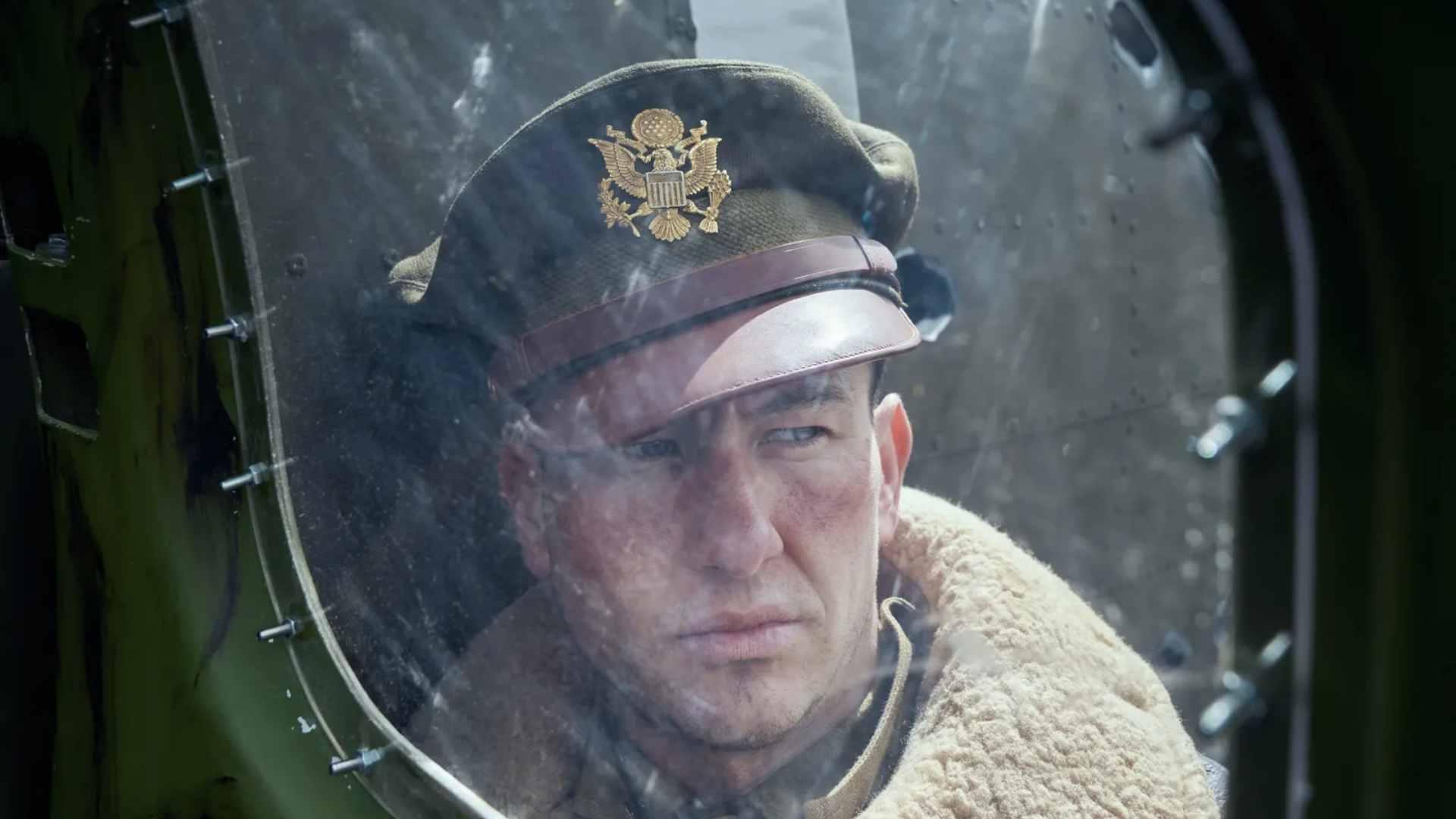
Critic Dylan Duggan from That Shelf recommended the series for any fan of war dramas with a solid script.
“Once you identify a trait within a character, it drives the scenes with them in it, which is the mark of quality character writing. For any lover of war dramas, aviation enthusiasts, or even anyone intrigued by good writing (and who isn’t too squeamish), this series is a strong contender for a weekly spot on your watch list,” he said.
Not Everyone Liked the Character Development
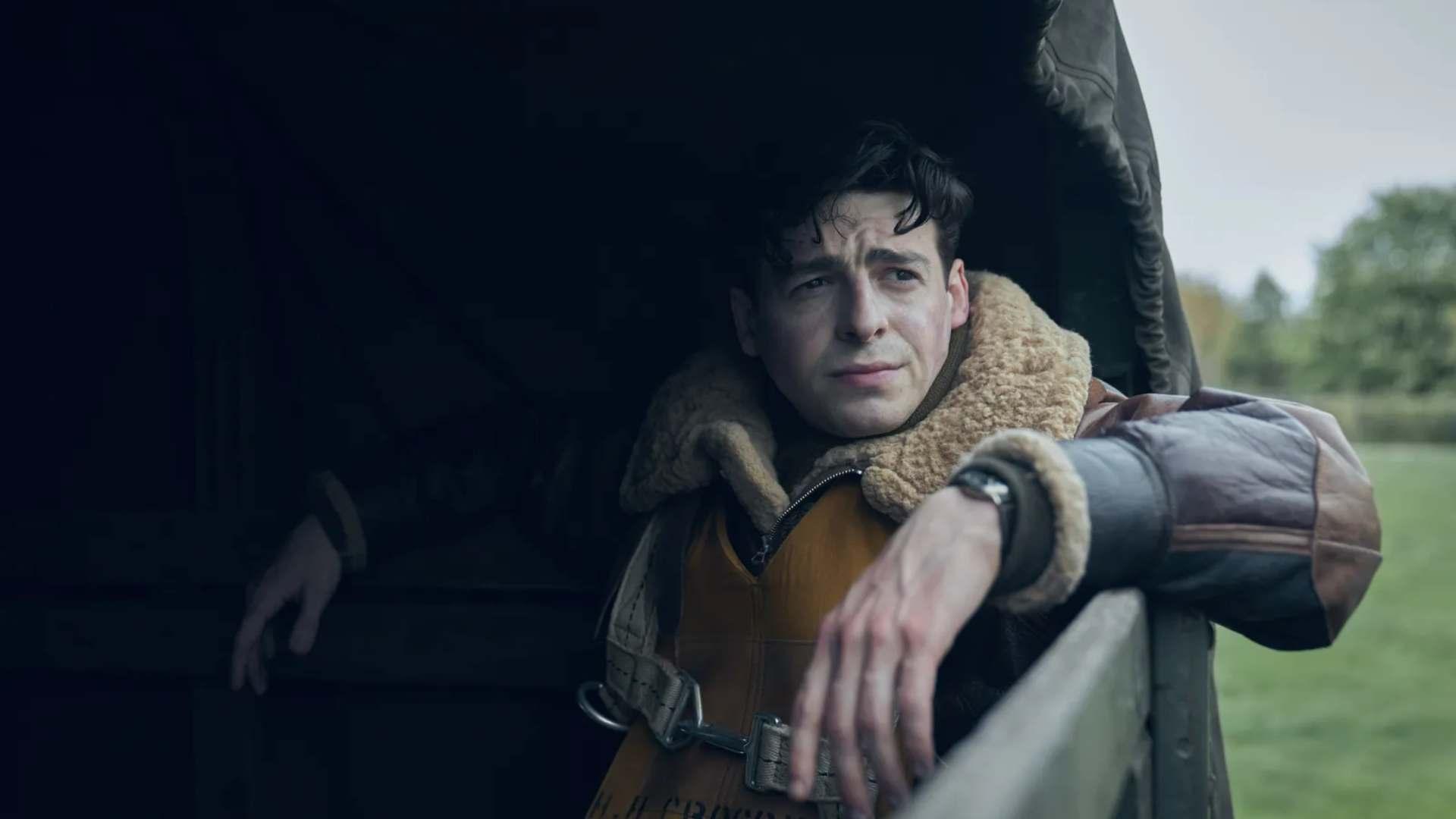
Hannah Brown from the Jerusalem Post had a different take on the characters. She praised the action scenes but had a problem with character development.
“Masters of the Air focuses on four airmen, and unfortunately the development of these characters doesn’t match up to the level of the excitingly filmed dogfights,” she said.
The Series Lacks Style But Production is Solid

Critic Austin Burke from Flick Fan Nation gave “Master of the Air” an 8/10 rating in a video review. He complimented the impressive cast but wished for more style.
“While it could have used a bit more style, Masters of the Air is a beautiful yet gut-wrenching look into the lives of these brave men. The production quality is spectacular from top to bottom,” he said.
The Show has Varying Tones
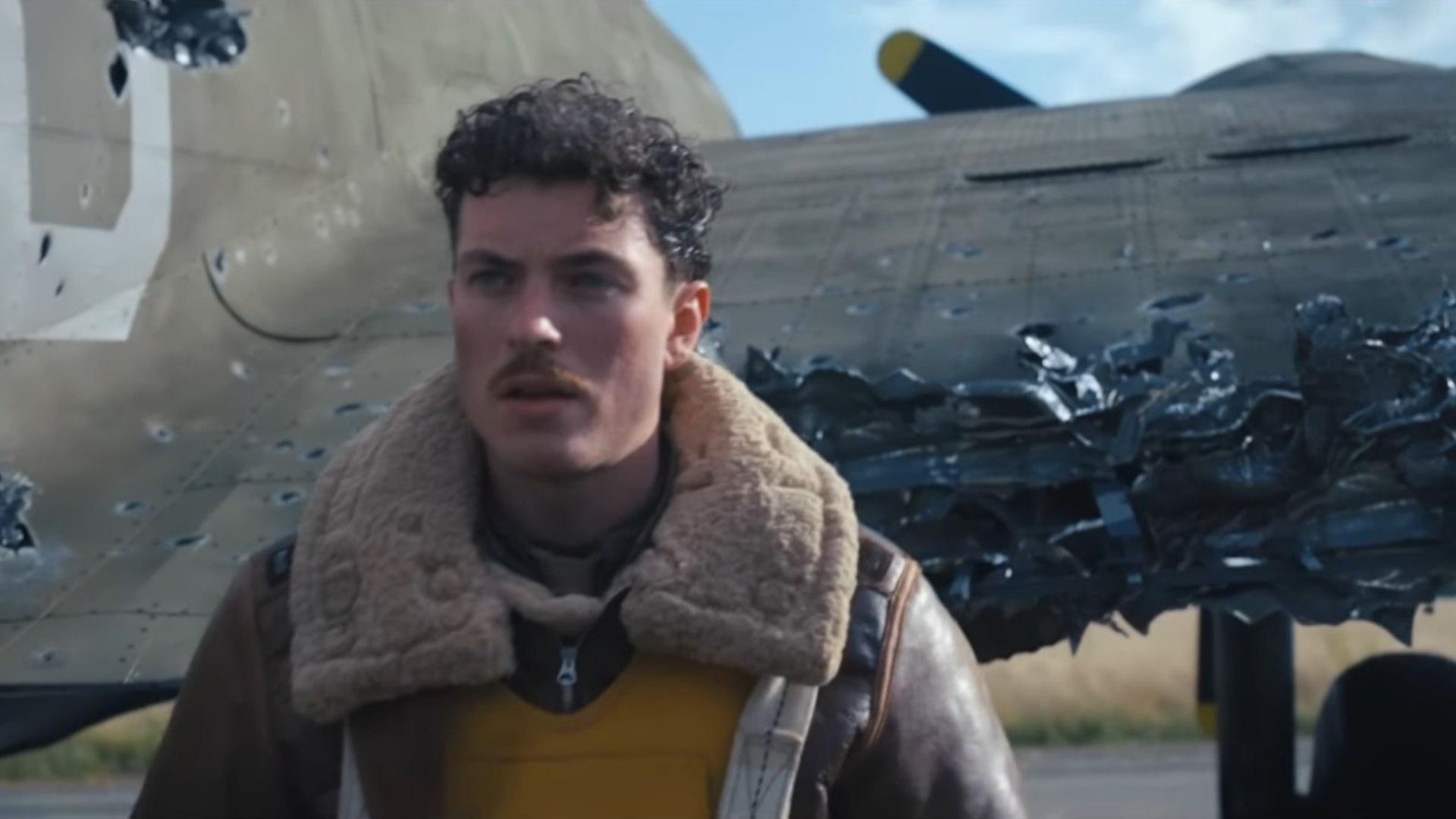
While some critics had minor gripes with characters or writing, there was no doubt how well the show sells its epic scale.
Critic Charlotte Harrison said, “It’s exactly what you think it’s going to be, a tense and thrilling tale that is both huge and epic in scale.” She commented that the tone change in the show was noticeable saying “We go from big and bold to quiet and subdued.”
Odd Pacing that Marrs an Otherwise Solid Show
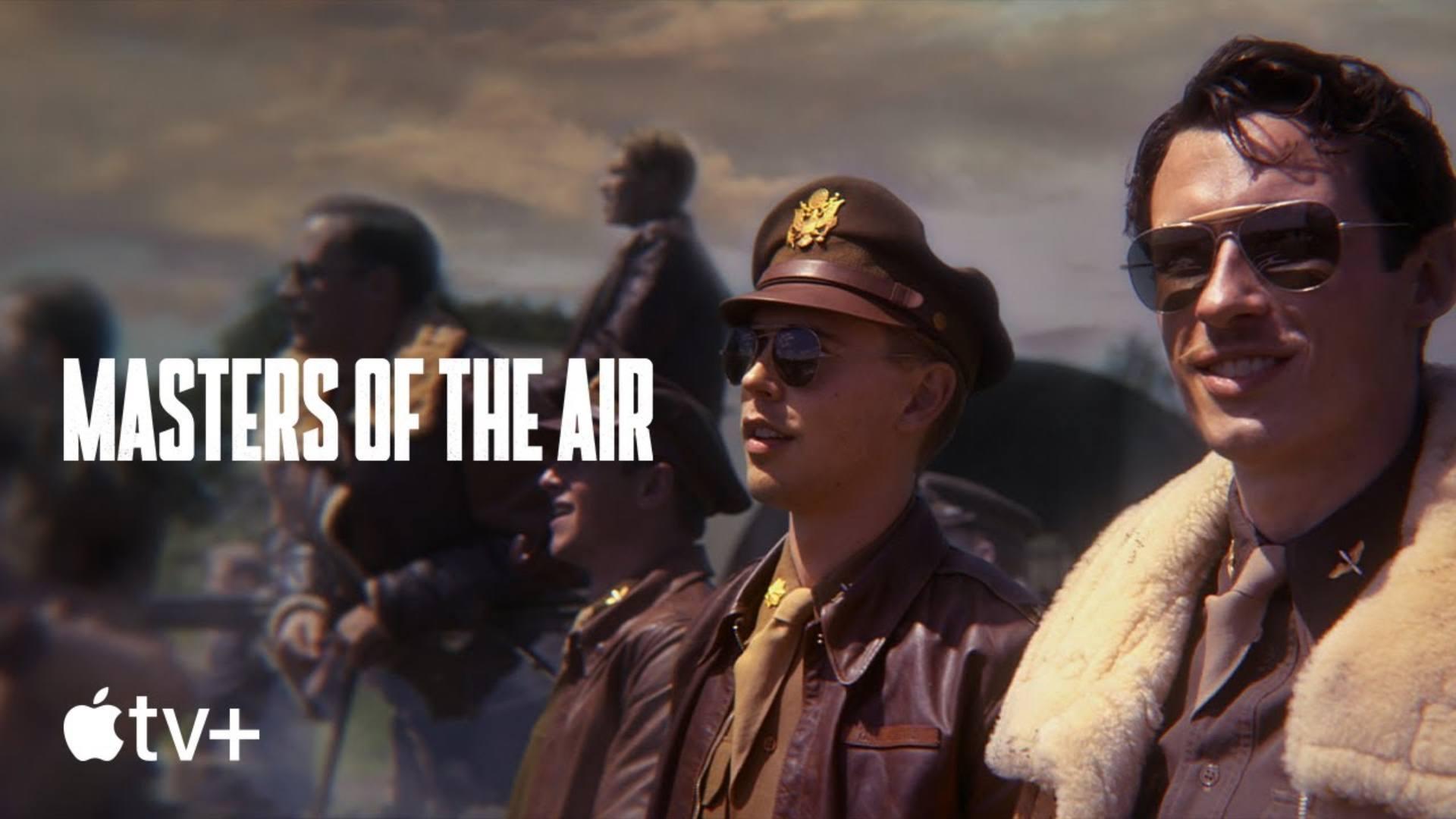
In Review Online critic Matt Lynch had issues with the pacing of the series, but ultimately gave it a positive review.
“Other odd decisions interrupt the pacing, as well. A late introduction of Black airmen feels a tad tokenish in execution, despite the historical accuracy — their story would have been well-served by being more organically laced into the show as a whole,” he said.
Addictive Drama
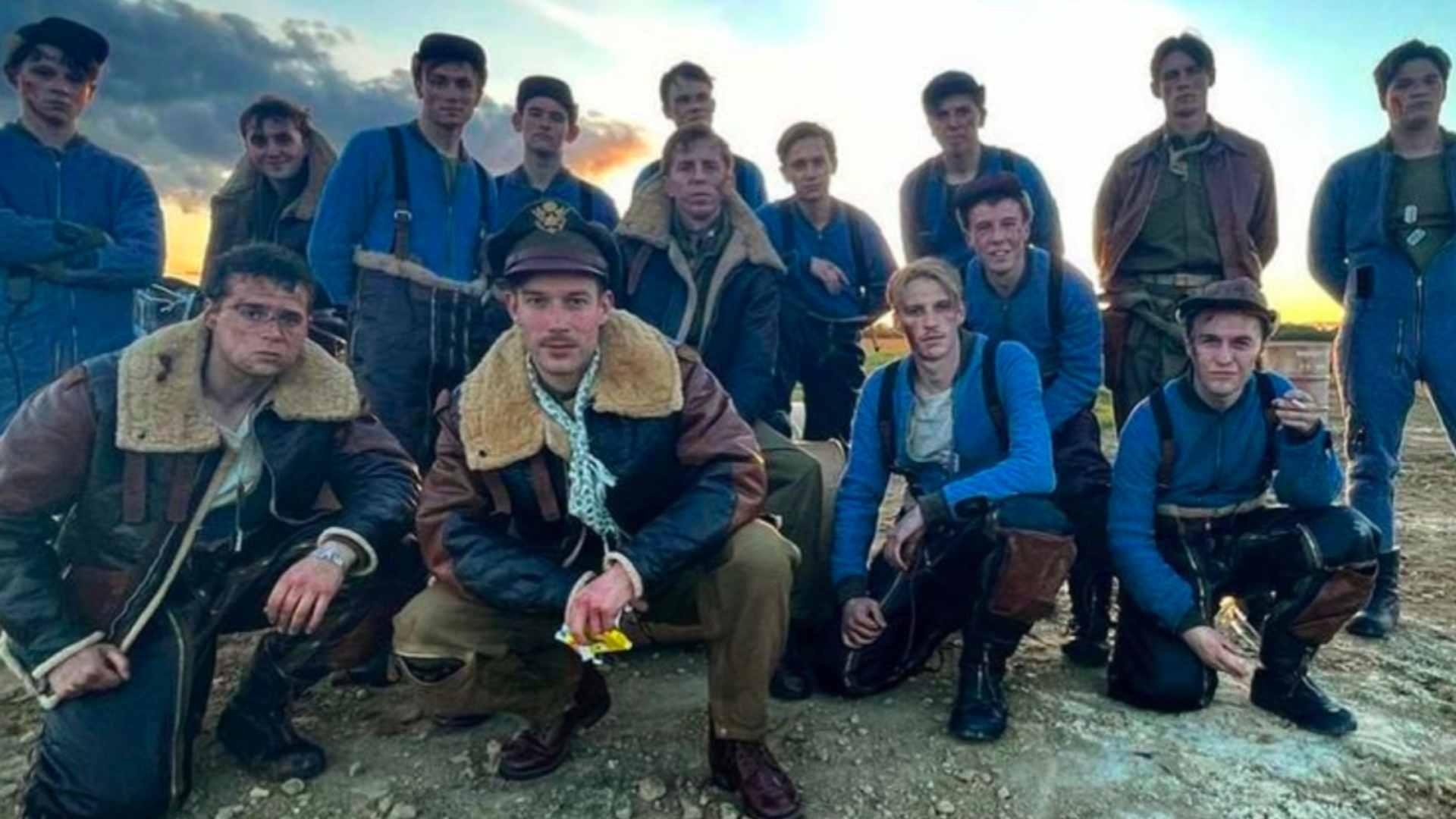
The Post reviewer James Croot was impressed by the show’s ability to deliver on its action promise in his review.
“As one of the airmen notes, we’ve a long road ahead of us, with many a battle to be fought and the likes of new Doctor Who Ncuti Gatwa yet to be sighted, but on the evidence of Masters of the Air’s opening double act, this has been not only worth the seemingly interminable wait, but is likely to be one of the most addictive dramas of 2024,” he said.
A Heartbreaking Show
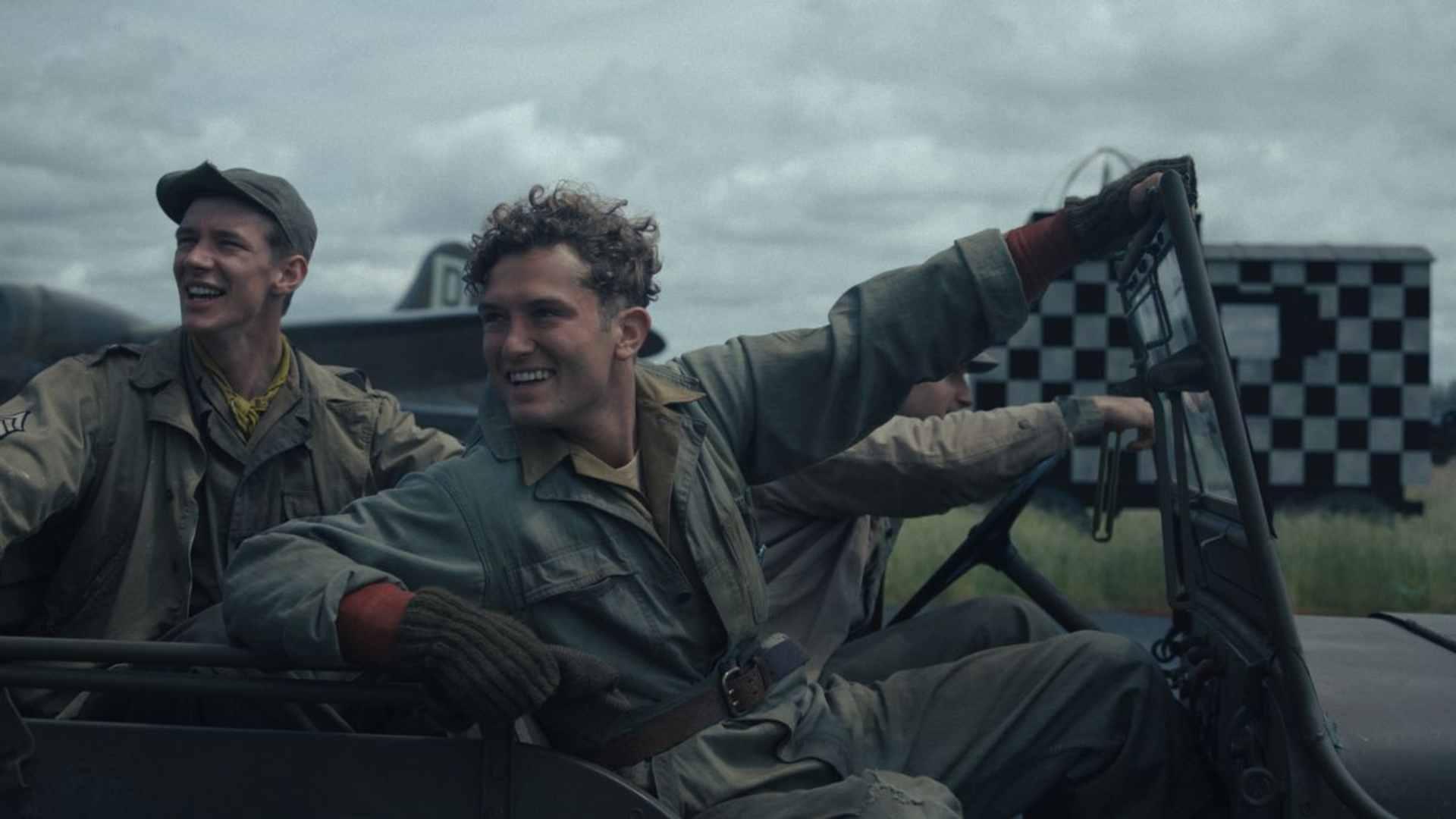
Tori Brazier from Metro gave the show a 4.5/5, calling the show “brilliant.”
“Well, Masters of the Air’s sweeping, heartbreaking nature almost immediately puts paid to any doubt that there isn’t still an audience for this kind of show. A soaring triumph, it will undoubtedly remain one of the television events of 2024,” she said.
How Much Do Historical Inaccuracies Matter?

Given the number of historical inaccuracies present in the show compared to the amount of positive reviews, it seems like the people watching shows like this are willing to forgive them if the show is good enough.
This is often the case with art that people consume on a massive scale like movies or film. As long as the final product is enjoyable you don’t see the cracks in the armor. It’s only when the surrounding show isn’t as good that these things become more noticeable to the audience.

